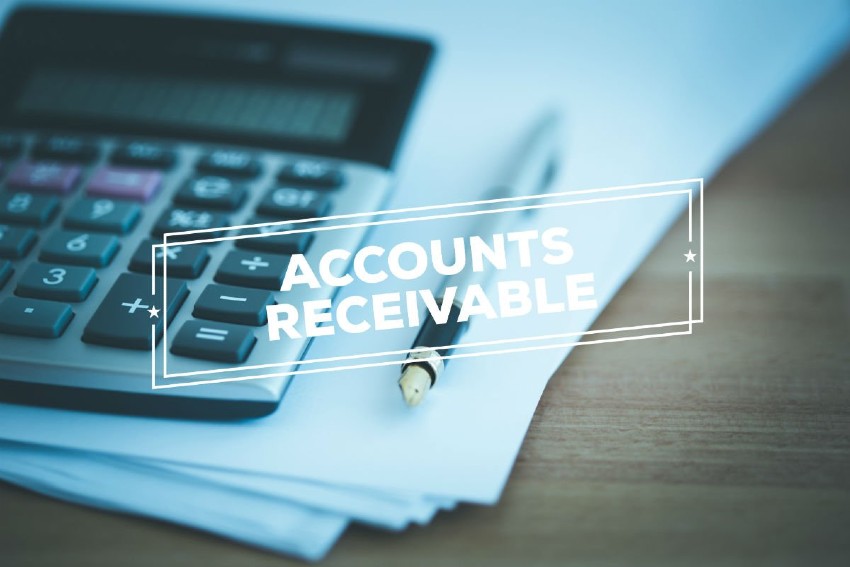Accounts receivable is the amount that is yet to receive from the customers that have used your services and goods. There are certain services and goods for which payments are made after availing them. One of the great examples is that the user of the electricity services pay the bills after they have used the services.
For a business, keeping track of these accounts receivable and the accounts received is highly important. A business may offer immediate payments or payments a bit later from its customers; the payments made immediately will not be recorded in the receivable section. On the other hand, the due amount will be recorded in the receivable section with the customer’s name, date, and time of the purchase. Such information will help decide the payment duration and ensure you can send invoices and reminders to the customers to begin the receivable process.
Keep scrolling down the article to get familiar with some of the most important steps of the accounts receivable process in accounting.
Top 6 steps involved in the accounts receivable process
For a business, it is very important to receive all the amounts due on the client side before the receivable period ends. These receivable amounts are used for conducting various business activities and tasks. For making these receivables successful, you need to develop certain plans and follow some steps.
Following are some of the most important steps included in the accounts receivable process.
Develop receivable plan
You must have a receivable plan develop to get the amounts and payments done on time. Your plan must include the payment history of the payer, which will determine whether you need to show some leniency or not. The plan also needs to consider your receivable urgency; if you need the payment urgently, then the payment term will be shorter. The billing procedure and processes are also a part of the receivable process. For many businesses and individuals, developing these plans is important, and they consult the best accounting firms in Dubai to catalyze their receivable processes without errors.
Accounting of receivables
The amounts that are received needs to be checked and verified. The accounting of the accounts receivable includes verifying the amount being paid in the correct amount and at the right time. Once you receive a receivable amount, you need to debit it from the receivable section and debit it to the other section of the relevant documents and statements. This way, the number of misunderstandings between a payer and the receiver will be minimized, developing good business client bonds.
Establish automation process
There are certain processes that cannot be conducted manually. For creating ease while speeding up the receivable processes, sometimes automation becomes important. You need to define the areas and payments for which you will need an automated method. Sending invoices to the customers electronically is one of the effective methods. The invoice sent electronically to the customer takes less time than sent physically. The greater time it takes the invoice to the customer, the later it will take to make the payments.
Discount and incentive policy
There are certain businesses and firms that offer discounts for the payers; you must define these discounts and policies in your receivable process plan. For encouraging timely payments, you can offer discounts and incentives for the payers. When you offer early payments discounts, the customers and payers are more likely to benefit from the opportunity. This way, a business can get the receivable amounts on time without facing delays from the payer side.
Build a relationship with clients
For timely receivable, it is crucial to building a strong bond with your clients; usually, businesses mess up their bonds during the receivable process. There is a huge difference between sending a reminder to the payer and annoying the payer. Many businesses make consecutive calls to ask for the payments, which annoys the customers. If there is enough time left for a customer to pay the amount, then you must not make these frequent calls and reminders.
Track payments received and payments due
Some of your customers will make early payments during the receivable process, while some will take time or pay within the given time. It is important to track the received payments and the payments that are yet to be received during this process. Tracking these payments will enable you to keep your accounts and books maintained accordingly for future needs. Experts to track your receivables, payables, and everything associated with accounting for an organized accounts system.
Improve your accounts receivable processes!
To avoid delays in the amount that is yet to be paid by the customers, you need to make sure you strictly follow and implement the receivable processes. You can also get professional help to develop strategies to ensure fast receivables and adjust them correctly in your financial statements.
